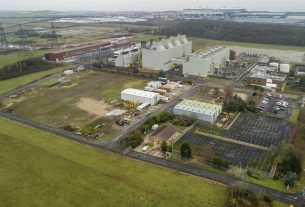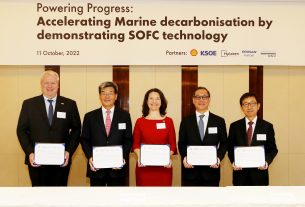The Netherlands/Spain – Cepsa and the Port of Rotterdam will work together to create the first green hydrogen corridor between southern and northern Europe.
This will create a green hydrogen supply chain between Rotterdam and Algeciras, two of Europe’s most important ports.
Cepsa wants to send hydrogen made at its San Roque Energy Park near the Bay of Algeciras to the Port of Rotterdam using hydrogen carriers like ammonia or methanol. Rotterdam is the most important energy port in Europe. It meets 13% of Europe’s energy needs. The Port of Algeciras is the most important trade route between Europe and Asia. It is the first port in Spain and the fourth most important in Europe. With the help of the Dutch government and as part of Rotterdam’s plans for the Energy Transition, the Port Authority and many private companies in the port area are building the infrastructure and facilities needed for the import of green hydrogen and its distribution in Northwest Europe. Hydrogen pipelines will connect large industrial centers in the Netherlands, Belgium, and Germany. The main energy company in Algeciras, which is close to Gibraltar, is called Cepsa.
Energy transition
This supply of green fuels will help reduce carbon emissions in industry and shipping in the Bay of Algeciras and Rotterdam. It will also support the RePower EU strategy of the European Union, which aims to ensure Europe’s energy independence and security and encourage the production of clean energy. The trade lane should be open for business by 2027. Cepsa also plans to build a similar supply chain from its La Rábida Energy Park in Huelva.
Hydrogen is an important part of Rotterdam’s plans for the Energy Transition. The Port of Rotterdam is working to set up the infrastructure and facilities that will make it easier for hydrogen to flow by working on a number of large projects with its port community members and industrial areas in northwest Europe that are connected to the port. With the help of exporting countries and the cluster of businesses at the port, it can send 4.6 million tonnes of coal to northwestern Europe every year by 2030, cutting 46 million tonnes of CO2 emissions.




